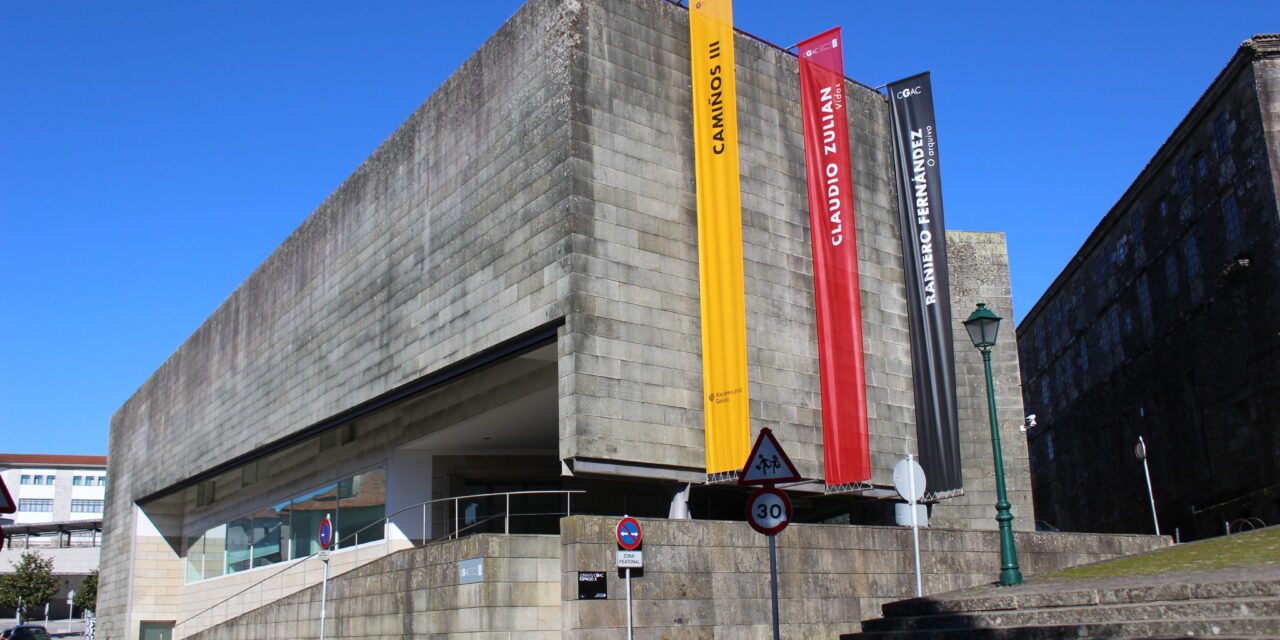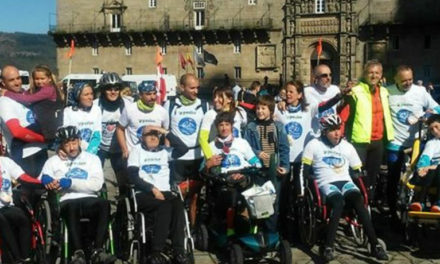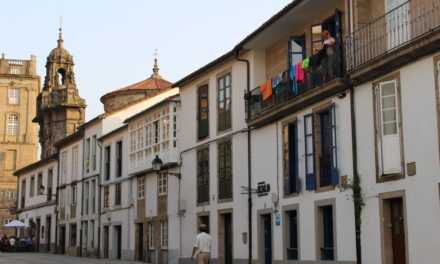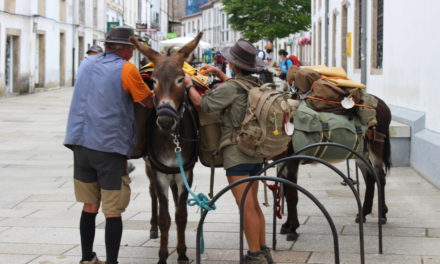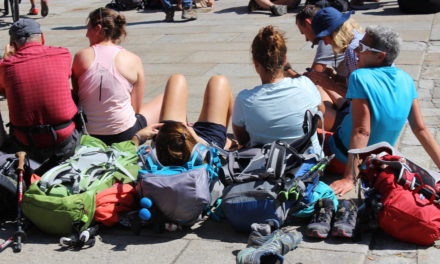History
The CGAC (Centro Galego de Arte Contemporánea) is a museum with its own permanent collection and numerous temporary exhibitions, but also an extraordinary architecture due to the Portuguese Alvaro Siza. It is a meeting place that has a library, a cafeteria and the beautiful park and gardens of San Domingos de Bonaval adjacent to it.
It was conceived in 1993 to promote and disseminate contemporary art in Compostela as well as to favour the entry of Galicia into the international artistic circuit, something that the centre has achieved, constituting today one of the main cultural spaces in Santiago.
Exhibitions and cultural activities
The importance of the exhibitions that can be seen at the CGAC is due, to a large extent, to the continuous collaboration between the centre and other institutions through short and long-term projects.
In addition to its exhibition space and the aforementioned leisure services, the CGAC offers an important pedagogical cultural program: conference cycles, workshops given by artists, concerts, activities related to the performing arts, architecture, fashion or cinema.
Architecture
Regarding its architecture, as we have pointed out, its design and projection were carried out by the Portuguese architect Álvaro Siza Vieira, specifically between 1988 and 1993.
The building, like much of the author’s work, is characterized by its dialogue with the city, its history and heritage -something very present due to the location chosen- as well as by the importance of light and the influence of rationalism. Regarding the style, it is an austere and serene architecture, which connects very well with the Galician tradition, which is also evoked by its material since both the walls and the roof are built with granite.
Around
Another aspect that we wish to draw attention to is the location of the centre in the context of San Domingos de Bonaval, a former Dominican convent in the city whose cloistered rooms, church and park surround the CGAC.
Currently the old convent premises and its church are the headquarters of the Museo do Pobo Galego, while the old convent garden has become a beautiful park that, like the CGAC, was designed by Álvaro Siza Vieira, in this case in collaboration with the Galician landscape designer Isabel Aguirre.
The Way of St. James
One more reason for visiting this space is its proximity to the Camino de Santiago, since it is just a few metres from the Rúa de San Pedro and the Porta do Camiño, the entrance to the centre of the city for those who have travelled the French, Northern and Primitivo Ways.
In relation to this point, we wish to draw attention to the frequent presence of the Camino and the pilgrimage in the temporary exhibitions and cultural programming of the CGAC.
Opening Times
Open from Tuesday to Sunday from 11:00 a.m. to 8:00 p.m.
Closed Monday
Entrance is free.

